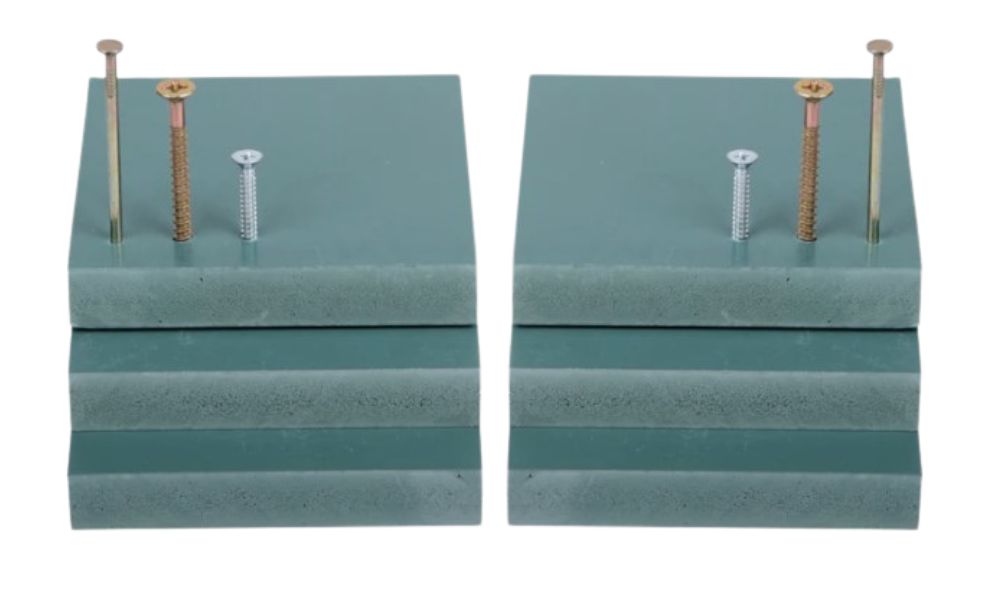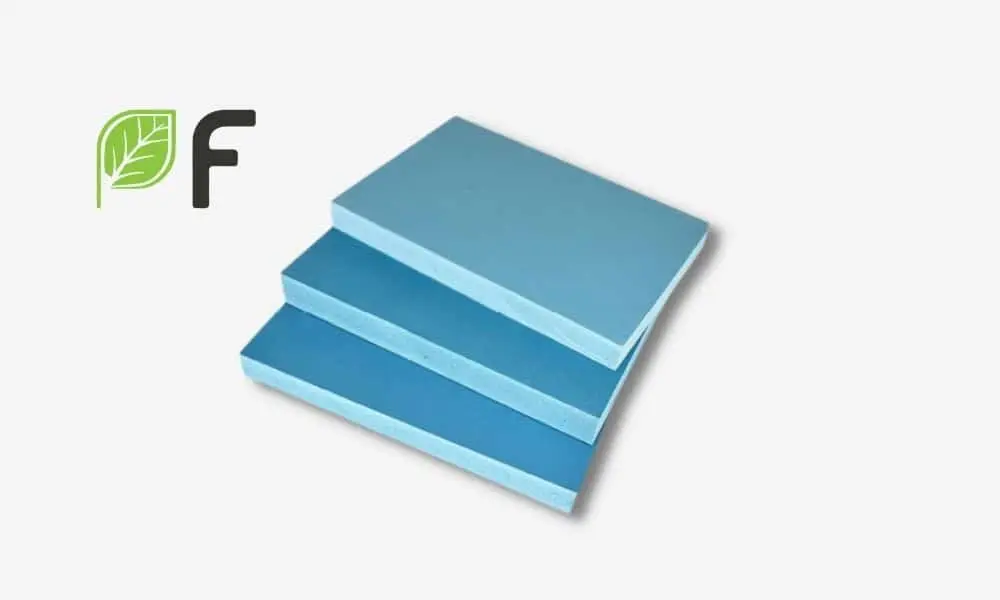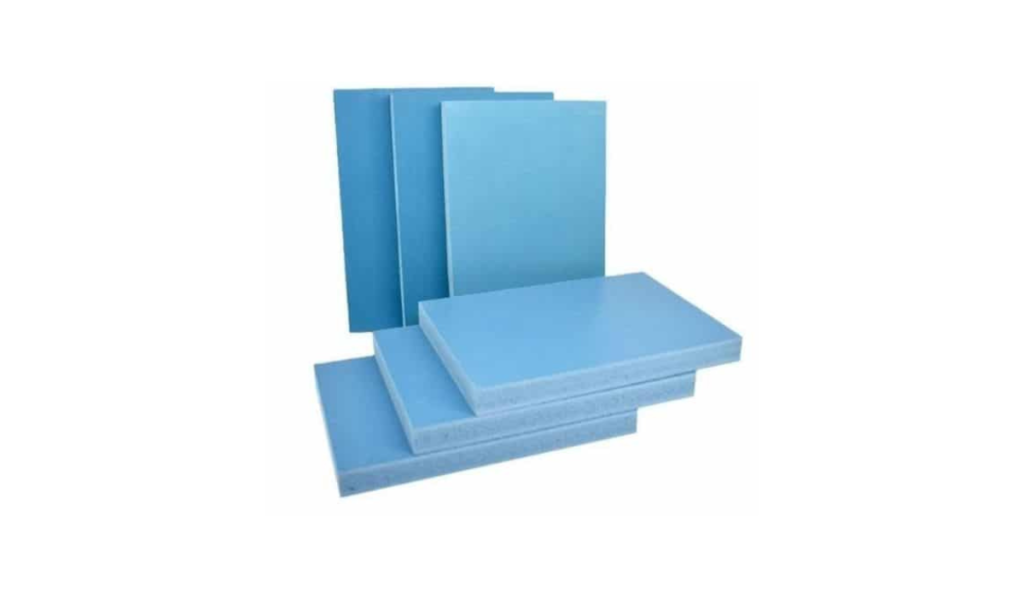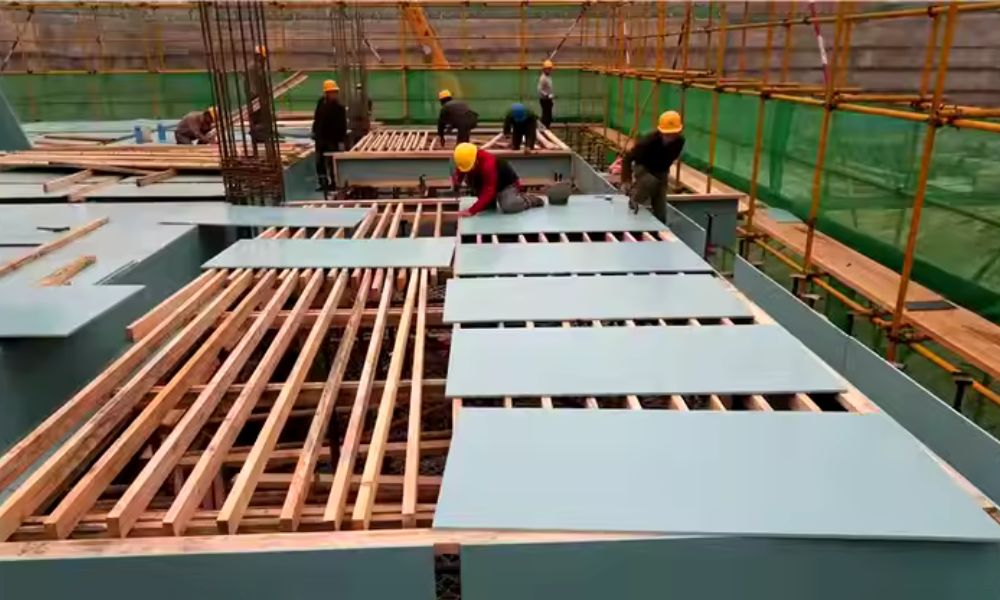Last updated on October 16th, 2024 at 11:34 am
The construction industry has evolved significantly over the years, driven by the need for improved efficiency, sustainability, and cost-effectiveness. One of the key innovations fueling this evolution is the use of plastic formwork. This modern material has emerged as a game-changer, offering a range of benefits over traditional materials like timber, plywood, and steel.
In this blog, we will explore the innovative uses of plastic formwork in modern construction. From its application in residential projects to its role in large-scale infrastructure, plastic formwork is transforming the way buildings are constructed. By the end, you’ll understand why plastic formwork is becoming the preferred choice for contractors worldwide and how it can revolutionize your construction projects.
What is Plastic Formwork?
Plastic formwork is a lightweight, durable, and reusable system used to shape concrete structures during construction. Unlike traditional formwork made from materials like wood or steel, plastic formwork is designed to be modular, making it easier to assemble, disassemble, and reuse multiple times. It’s resistant to moisture, chemicals, and weather conditions, offering a longer lifespan than timber and plywood formwork.
Plastic formwork is available in different shapes and sizes, making it versatile enough to be used in a wide variety of construction applications, from residential buildings to large-scale commercial projects. But what truly sets plastic formwork apart is its innovative uses in modern construction, which we’ll explore next.
Streamlining Concrete Column Construction
One of the most innovative uses of plastic formwork is in concrete column construction. Traditionally, constructing concrete columns has been a time-consuming and labor-intensive process. However, plastic formwork simplifies this by being lightweight, easy to install, and reusable.
How it Works:
Plastic formwork is modular, meaning it can be quickly assembled around the designated area where the concrete column will be poured.
The lightweight nature of plastic makes it easier for workers to handle, speeding up the installation and removal process.
Once the concrete sets, the formwork can be easily removed and reused for the next column, significantly reducing time and labor costs.
This method is especially useful in high-rise construction, where concrete columns are repeatedly required at different levels. The ability to reuse plastic formwork without compromising the quality of the finished product makes it an excellent choice for contractors looking to optimize time and resources.
Curved and Complex Architectural Designs
Modern architecture increasingly embraces curved and complex shapes, pushing the boundaries of traditional design. However, constructing these shapes with conventional materials like timber and steel can be extremely challenging. This is where plastic formwork shines.
Why Plastic Formwork is Ideal for Curved Designs:
Flexibility: Plastic formwork can be molded into various shapes, including curves, arches, and irregular patterns. This flexibility makes it possible to achieve intricate designs that would be difficult or expensive to create using traditional materials.
Precision: Plastic formwork systems are designed for precision, ensuring that even the most complex designs are executed with accuracy. This leads to smoother surfaces and fewer imperfections in the concrete.
Architects and contractors alike are leveraging plastic formwork to bring their innovative designs to life. From curving facades on modern buildings to free-flowing concrete structures, plastic formwork is enabling new possibilities in architecture.
Large-Scale Infrastructure Projects
Plastic formwork is not limited to residential or commercial buildings—it’s also being used in large-scale infrastructure projects such as bridges, tunnels, and dams. The durability and reusability of plastic formwork make it an ideal choice for these long-term, high-stakes projects.
Key Advantages in Infrastructure Projects:
Durability: Plastic formwork is highly durable and resistant to water, chemicals, and extreme weather conditions. This makes it suitable for outdoor and large-scale infrastructure projects that require materials that can withstand harsh environments.
Cost-Effectiveness: The ability to reuse plastic formwork multiple times translates to significant cost savings in large projects where traditional formwork would need to be replaced frequently.
Efficiency: Plastic formwork can be quickly assembled and dismantled, allowing for faster project completion. This efficiency is crucial for large-scale infrastructure projects that are often on tight deadlines.
For example, in the construction of bridges, plastic formwork is used to shape concrete piers and supports, ensuring precision while reducing material waste. Its reusability also minimizes the need for new formwork on different sections of the project, further cutting costs.
Modular and Prefabricated Construction
The construction industry is increasingly embracing modular and prefabricated construction techniques, and plastic formwork is playing a pivotal role in this shift. Modular construction involves building components of a structure off-site in a controlled environment before transporting them to the site for assembly. This method is faster and often more cost-effective than traditional construction.
How Plastic Formwork Supports Modular Construction:
Consistency: Since plastic formwork can be reused multiple times without losing its shape or structural integrity, it ensures consistency across prefabricated modules. This leads to higher quality and fewer defects in the finished product.
Speed: Plastic formwork is lightweight and easy to handle, allowing for faster assembly and disassembly during the prefabrication process. This speeds up production timelines, enabling contractors to deliver projects more quickly.
Modular construction using plastic formwork is becoming particularly popular in the housing sector, where the demand for affordable, quickly built homes is rising. By using plastic formwork, contractors can streamline the construction process while maintaining high-quality standards.
Sustainable and Eco-Friendly Building Practices
Sustainability is a growing concern in the construction industry, and plastic formwork is helping contractors meet their environmental goals. While traditional materials like timber contribute to deforestation and generate waste, plastic formwork offers a more sustainable alternative.
Sustainability Benefits of Plastic Formwork:
Reusability: Plastic formwork can be reused up to 100 times or more, reducing the need for new materials and minimizing waste. This makes it a more environmentally friendly option compared to disposable materials like plywood.
Recycled Materials: Many plastic formwork systems are made from recycled plastics, further reducing their environmental impact. By using recycled materials, contractors can contribute to the circular economy and reduce their carbon footprint.
Minimal Waste: The precision and durability of plastic formwork result in fewer errors and defects during construction, leading to less material waste. Additionally, because plastic formwork lasts longer, there’s less need for replacement, further minimizing waste.
As the construction industry continues to prioritize sustainability, plastic formwork is likely to play an even more significant role in helping contractors build greener, more efficient structures.
Temporary and Emergency Structures
In situations where temporary or emergency structures are needed—such as disaster relief shelters or temporary housing—plastic formwork provides a fast, reliable solution. The lightweight nature of plastic formwork allows for rapid deployment and construction, making it ideal for creating structures in areas affected by natural disasters or other emergencies.
Why Plastic Formwork is Ideal for Temporary Structures:
Quick Assembly: Plastic formwork can be assembled quickly and easily, allowing for the rapid construction of temporary structures. This is especially important in emergency situations where time is of the essence.
Durability: Despite being lightweight, plastic formwork is highly durable, ensuring that the temporary structures built with it are strong enough to withstand harsh conditions.
Reusability: Once the temporary structure is no longer needed, the plastic formwork can be disassembled and reused for future projects, reducing waste and costs.
Whether it’s for building temporary housing after a natural disaster or setting up temporary facilities for large events, plastic formwork offers a practical, efficient solution for contractors.
The Future of Plastic Formwork in Modern Construction
Plastic formwork is transforming the construction industry by offering innovative solutions for a wide range of applications. From simplifying concrete column construction to enabling curved architectural designs and supporting large-scale infrastructure projects, plastic formwork is proving to be an essential tool for modern contractors.
Its lightweight, durable, and reusable properties make it a cost-effective and sustainable choice for projects of all sizes. Whether you’re working on a residential building, a modular construction project, or a large-scale infrastructure development, plastic formwork can streamline your process, reduce costs, and improve project outcomes.



